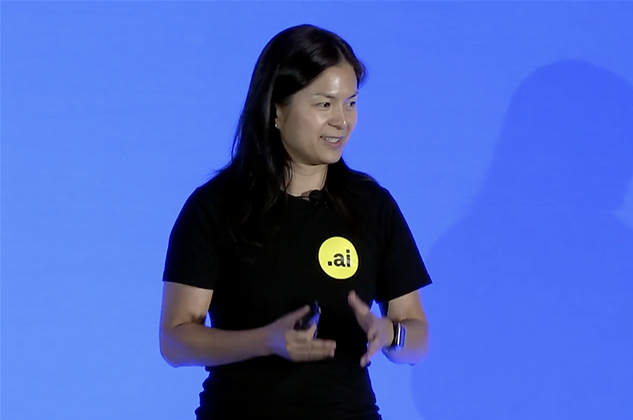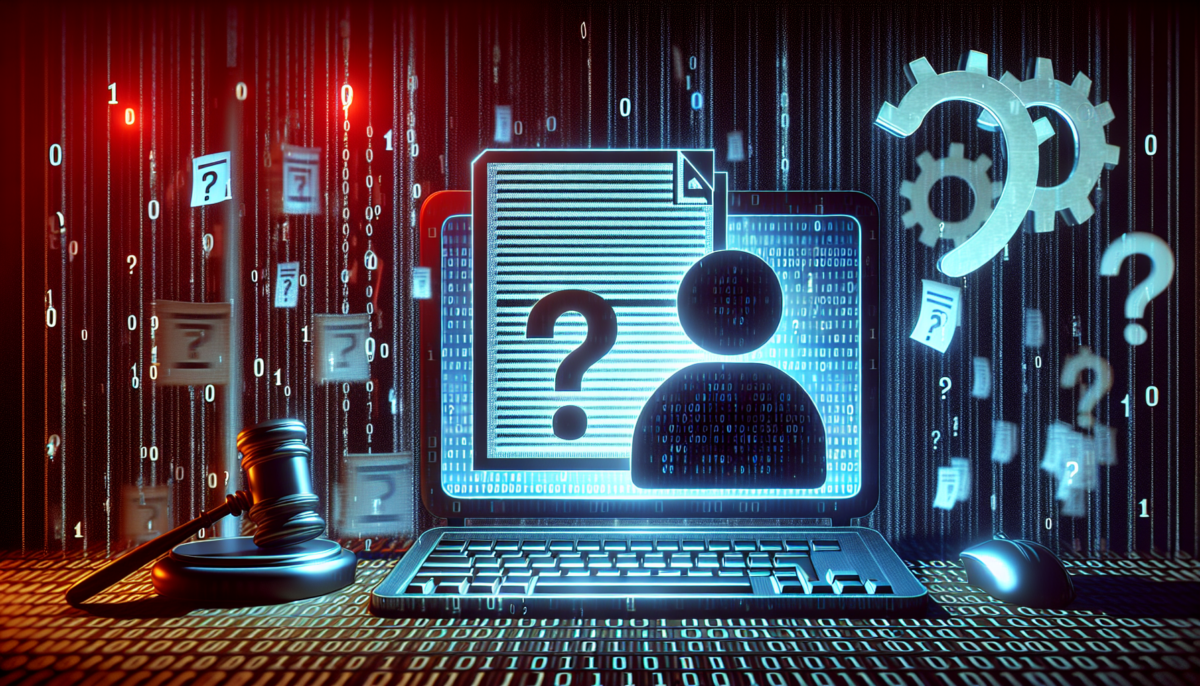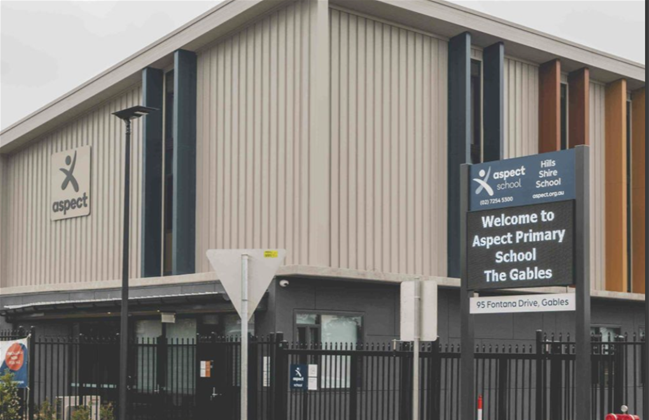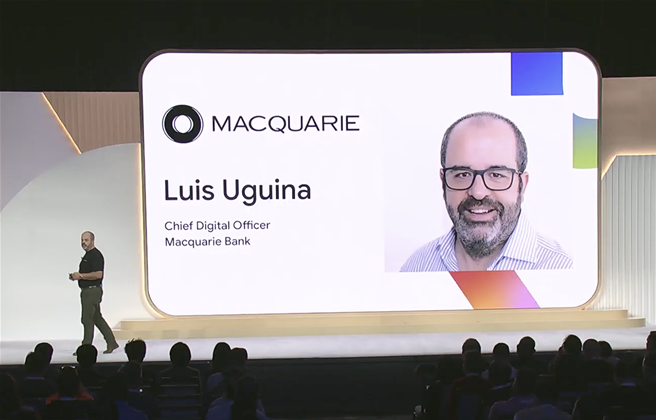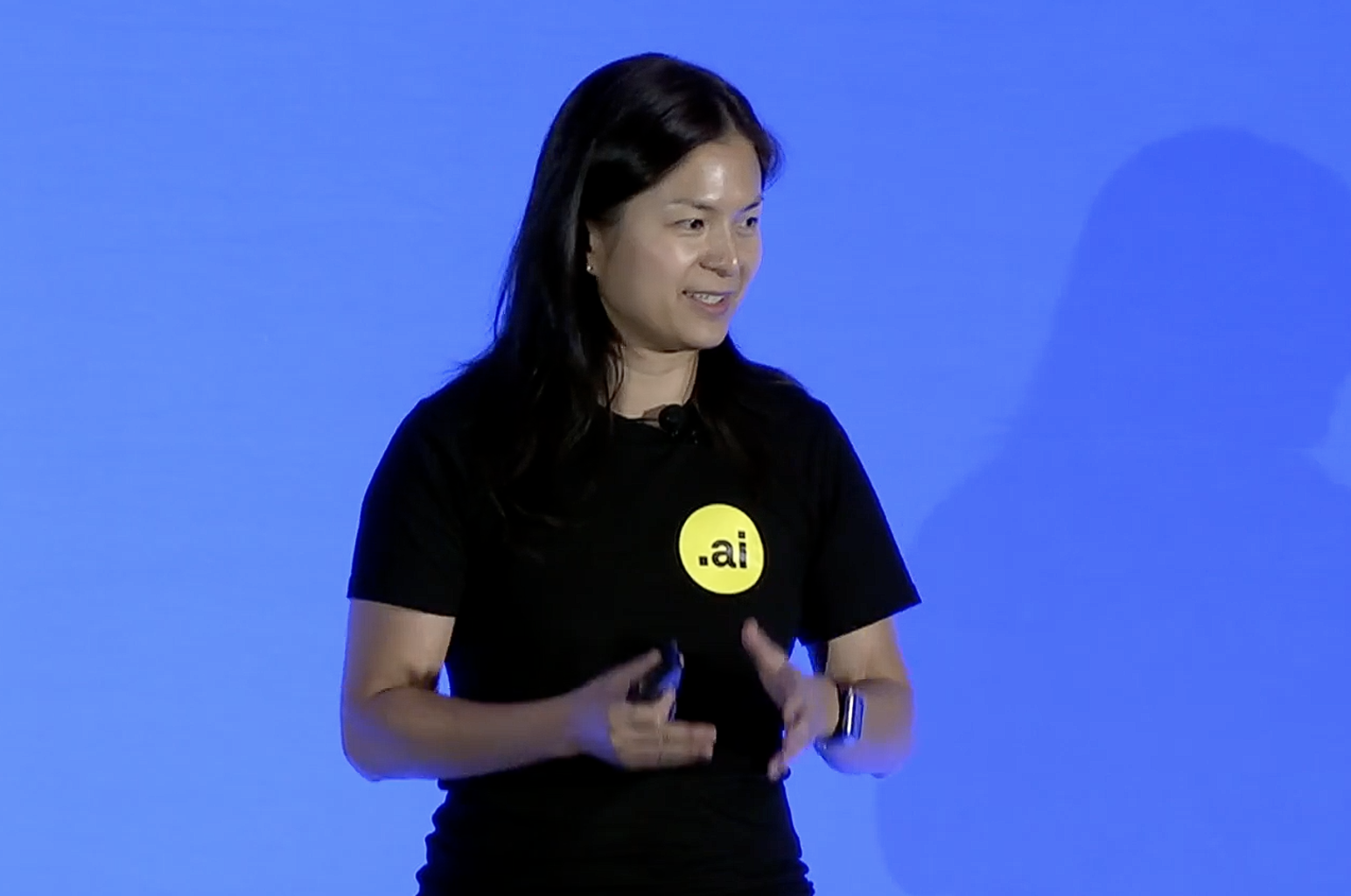Federal Government Reinstates Disputed EV Tax
We independently review everything we recommend. When you buy through our links, we may earn a commission which is paid directly to our Australia-based writers, editors, and support staff. Thank you for your support!
Quick Overview
- The Coalition suggests reintroducing a road user fee for EV drivers if they are elected.
- Victoria’s earlier EV tax generated just $7 million over two years before it was repealed.
- Fuel excise revenue does not specifically fund road maintenance.
- The Coalition also intends to reduce fuel excise by 50% for one year, costing the budget $6 billion.
- Electric Vehicles are increasingly affordable, with entry-level models like the BYD Dolphin priced from $29,990.
- The idea that EVs are exclusively for affluent individuals is becoming outdated.
Federal Government’s Proposal for EV Road User Charge: Key Information
This morning, during an interview on ABC’s Insiders program, Shadow Infrastructure Minister Bridget McKenzie revealed that the Coalition aims to introduce a road user charge for electric vehicles (EVs) if they prevail in the upcoming Federal Election. The proposal has reignited the national discussion regarding whether EV drivers contribute fairly to road infrastructure.

A Brief History of Australia’s EV Tax
Australia’s journey with EV taxation is varied. Victoria was the pioneer state to implement a distinct EV tax in July 2021, charging owners of EVs and plug-in hybrid vehicles 2.5 cents and 2.0 cents per kilometre, respectively. Nevertheless, the High Court deemed the tax unconstitutional in October 2023, asserting that only the federal government possesses the authority to levy such charges.
In its brief duration, Victoria’s EV tax raised merely $7 million—insufficient for the billions required for road maintenance, according to its advocates.
Fuel Excise vs Road Funding: The Actual Situation
A primary rationale for establishing an EV tax is that EV owners currently evade paying fuel excise, which has historically been viewed as a vital funding source for road maintenance. However, the revenue from fuel excise actually enters the Commonwealth Consolidated Revenue Fund (CRF) and is not designated specifically for roadworks.
Additionally, the Coalition has proposed a 50% reduction in fuel excise for 12 months if they are elected, cutting it from about 50.8 cents to 25.4 cents per litre. This initiative is projected to cost the federal budget $6 billion—a substantial loss compared to the meager income an EV tax would contribute.
Cost of Electric Vehicles in 2025
Critics of EV subsidies frequently contend that EVs are high-end items meant only for the wealthy, but this belief is increasingly obsolete. The Australian EV market has seen considerable growth, with affordable models like the BYD Dolphin beginning at just $29,990 plus on-road expenses, totaling around $31,000–$33,000 drive-away.
With the average new car price in Australia now around A$61,000, EVs are no longer confined to high-income individuals. In 2025 alone, there are 29 EV models or variants available for less than the national average, making EV ownership more attainable than ever.
Conclusion
The Coalition’s suggested EV road user charge has ignited considerable discussion as the federal election approaches. Although it is framed as a fairness measure to ensure all road users contribute, detractors highlight the contradiction of reducing fuel excise while imposing new charges. Moreover, the Australian EV market has developed, making arguments that EVs are solely for the affluent increasingly out of touch. As EV adoption increases and the transport sector adapts, policymakers must strive to ensure that taxation frameworks are fair, functional, and future-ready.



